THE YEAR 1943 marked a decisive turning point in the Second World War. Allied victories in North Africa, the Soviet triumph at Stalingrad, and the invasion of mainland Italy shifted the balance of power dramatically. Italy surrendered to the Allies, Mussolini was overthrown, and the momentum of the war began favouring the Allied forces both in Europe and the Pacific. On the Eastern Front, the Battle of Kursk delivered a catastrophic blow to German hopes of regaining the initiative.
Beyond the battlefield, 1943 was a year of intense civilian mobilisation, scientific advancement, and cultural resilience. The Holocaust reached new depths of horror, but was met with courageous resistance in the Warsaw Ghetto. Allied conferences shaped the future world order, while home fronts across Britain, the United States, and the Commonwealth continued to adapt to rationing, bombing, and social change. In Britain, women took on a growing range of industrial roles, while music, cinema, and broadcasting sustained public morale.
Explore the events that shaped the year below ... or discover them as they appeared at the time in an original 1943 newspaper from our archives.
Turn the page to:
Key Events:
January
January 1: Britain enacts tighter rationing of preserves and dried fruit as food shortages worsen due to continued German U-boat attacks in the Atlantic. Citizens adapt by increasing home preserves and vegetable gardening under the Dig for Victory campaign.
January 14: The Casablanca Conference opens in Morocco, where Winston Churchill and Franklin D. Roosevelt begin high-level discussions on the next phase of the war. They agree to demand the unconditional surrender of Axis powers and plan the invasion of Sicily.
Shop our book on The Story of Winston Churchill to learn more through newspaper history ...

January 18: Soviet forces launch Operation Iskra to break the German blockade of Leningrad, successfully opening a narrow corridor into the besieged city and delivering crucial supplies to the starving population.
January 20: Duke Ellington performs the debut of his long-form jazz piece Black, Brown, and Beige at Carnegie Hall in New York. The work addresses African American history and is praised for its ambition, though met with mixed critical reception.
January 23: British Eighth Army, under General Bernard Montgomery, enters Tripoli in Libya after pushing back Axis forces across the desert. The city's capture marks a symbolic victory in the North African campaign.
January 24: Actor Sharon Tate is born in Dallas, Texas. She would rise to fame in the 1960s as a film star and symbol of the era’s fashion and pop culture before her tragic death in 1969.
January 27: The United States conducts its first bombing raid on German soil, sending B-17 bombers to strike the port city of Wilhelmshaven from bases in the United Kingdom. The operation signals a new phase in Allied air strategy.
January 31: German Field Marshal Friedrich Paulus surrenders to the Soviet Red Army at Stalingrad. His capitulation marks the beginning of the end for Hitler’s eastern offensive and a decisive turn in the war.
February
February 2: Remaining German units trapped at Stalingrad surrender, concluding one of the bloodiest battles in modern history. Over two million soldiers and civilians are estimated to have died during the siege, which becomes a symbol of Soviet resilience.
February 3: The British destroyer HMS Welshman is sunk by a German U-boat while en route to Malta. The loss of the ship highlights the ongoing danger faced by Allied naval convoys in the Mediterranean.
February 8: The city of Leicester is targeted in a low-level Luftwaffe bombing raid, causing over 30 deaths and damaging several factories and residential buildings. Though less frequent, such attacks continue to affect British morale and urban life.
February 11: General Dwight D. Eisenhower is appointed Commander-in-Chief of Allied Forces in North Africa. His role is crucial in unifying American and British efforts and preparing for the Italian campaign.
February 14: German forces under General Erwin Rommel launch a surprise counter-offensive in Tunisia, inflicting significant losses on inexperienced American troops at the Battle of Kasserine Pass. The defeat prompts a re-evaluation of U.S. tactics.
February 16: Princess Elizabeth, heir to the British throne, registers with the Labour Exchange as part of her commitment to wartime service. She later joins the Auxiliary Territorial Service, training as a driver and mechanic.
February 18: Nazi propaganda minister Joseph Goebbels delivers his infamous “Total War” speech in Berlin, calling for complete German mobilisation and sacrifice. The address reflects the growing desperation within the Nazi leadership.

“Total War” speech in Berlin. Image: Wikipedia
February 22: Members of the White Rose resistance group, including Sophie and Hans Scholl, are executed by guillotine in Munich after distributing anti-Nazi leaflets at the University of Munich. Their legacy becomes a lasting symbol of German dissent.
March
March 1: American scientists at the University of Chicago produce the first gram-scale amount of plutonium using a nuclear reactor, advancing the Manhattan Project and paving the way for the atomic bomb’s development.
March 5: Royal Air Force bombers launch a major air raid on Essen in Germany’s industrial Ruhr region, targeting the Krupp armaments factories. The operation, part of the broader Battle of the Ruhr, disrupts German war production.
March 6: The Battle of Medenine is fought in southern Tunisia, where British forces under General Montgomery repel a surprise attack by the Afrika Korps. It proves to be Rommel’s last offensive in Africa.
March 9: A government-sponsored nutrition survey in Britain reports that despite rationing, general health among the public has improved due to increased consumption of vegetables and fortified foods.
March 13: German troops evacuate the eastern Ukrainian city of Kharkov after Soviet advances, but later recapture it in a swift counter-offensive that stalls Red Army momentum.
March 15: The Pentagon, the new headquarters of the U.S. Department of Defense in Arlington, Virginia, is formally completed. At over 6 million square feet, it becomes the world’s largest office building.
March 18: The British House of Commons passes a motion praising wartime industry’s growing efficiency, with particular emphasis on the contributions of women in engineering and aircraft assembly. The debate reflects shifting social norms and government support for expanded female labour.
March 21: British actor Timothy Dalton is born in Colwyn Bay, Wales. He would later gain international recognition for portraying James Bond in the late 1980s.
March 25: British soldiers of the Eighth Army capture El Hamma in Tunisia, further weakening Axis resistance in North Africa and opening the way to Gabès.
March 31: The musical Oklahoma! premieres on Broadway, created by Rodgers and Hammerstein. It is celebrated for revolutionising American musical theatre by integrating narrative and song.
April
April 4: American and British air forces carry out a coordinated bombing raid on the German U-boat yards at Kiel and Bremen, causing significant disruption to Nazi submarine construction.
April 7: A Japanese air raid on American positions in the Solomon Islands results in extensive damage to Henderson Field on Guadalcanal. The Pacific campaign continues to escalate in intensity.
April 11: British neurologist Sir Geoffrey Jefferson delivers a landmark lecture arguing for the integration of science and philosophy in understanding consciousness, contributing to the post-war field of cognitive science.
April 13: German radio announces the discovery of mass graves in the Katyn Forest near Smolensk, containing thousands of executed Polish officers. The Soviets deny responsibility, straining Allied diplomatic relations.
April 15: Renowned artist Henry Moore unveils new wartime sketches of Londoners sheltering in the Underground, capturing the civilian experience during the Blitz. His work is praised for its raw emotional realism.
April 19: The Warsaw Ghetto Uprising begins as Jewish resistance fighters battle German troops sent to deport the remaining residents. Though poorly armed, the insurgents manage to hold out for nearly a month.

The Warsaw Ghetto Uprising Memorial. Image: Holocaust Encyclopedia
April 21: Queen Mary’s London residence, Marlborough House, suffers minor damage during a Luftwaffe bombing raid. She continues to support wartime charities despite the incident.
April 25: British troops reach Enfidaville, Tunisia, facing strong resistance from Axis forces as the North African campaign nears its conclusion.
April 30: British intelligence launches Operation Mincemeat, releasing false documents on a corpse off the coast of Spain. The deception misleads the Germans into expecting an Allied invasion of Greece rather than Sicily.
May
May 1: The British Ministry of Labour issues new guidelines encouraging women to take on engineering and manufacturing roles in support of the war economy. This leads to increased recruitment of women into munitions factories and transport services.
May 5: British forces, advancing from the south, begin encircling German and Italian troops in Tunisia. The North African campaign is nearing its climax, with Axis retreat becoming chaotic.
May 7: Allied troops capture Tunis and Bizerte, the last major Axis strongholds in North Africa. The fall of these cities effectively signals the end of German resistance on the continent.
May 12: Axis forces in North Africa formally surrender. Over 250,000 German and Italian soldiers are taken prisoner in what Winston Churchill calls the end of the beginning of the war.
May 15: British Prime Minister Winston Churchill addresses the U.S. Congress during a visit to Washington, reaffirming the commitment to total victory and strengthening Allied coordination.
May 17: The Royal Air Force carries out the Dambusters Raid (Operation Chastise), breaching the Möhne and Eder dams in Germany using specially designed bouncing bombs. The attack floods industrial areas but also results in significant civilian casualties.
May 18: Polish II Corps captures Monte Cassino after a protracted multinational campaign involving British, American, French, and Polish troops. The battle proves pivotal in breaching the German Gustav Line and opens the road to Rome, though the victory comes at a heavy cost, especially for the Polish forces.
May 20: American poet Langston Hughes publishes a wartime column in the Chicago Defender urging African Americans to demand equal rights while supporting the war effort. His message resonates widely.
May 24: The British Broadcasting Corporation expands its overseas radio programming, including new broadcasts in Italian, to support anti-Fascist sentiment in occupied Europe.
Shop our book on WWII to learn more through newspaper history ...

July
July 1: The BBC reports that British war artist Laura Knight has been commissioned to paint scenes of female factory workers, reflecting growing public interest in women’s wartime contributions and gender equality.
July 5: The Battle of Kursk begins on the Eastern Front as German forces launch Operation Citadel. It becomes the largest tank battle in history, involving over two million troops and thousands of armoured vehicles.
July 9: Allied forces begin Operation Husky, landing troops on the southern coast of Sicily under the cover of night. The invasion marks the first Allied assault on mainland Europe and is a critical step toward defeating Italy.
July 12: The Battle of Prokhorovka, a key phase of the Kursk campaign, is fought between German and Soviet tanks. The engagement halts the German advance, and the Red Army begins a massive counter-offensive.
July 16: The RAF initiates Operation Gomorrah, a sustained bombing campaign against the German city of Hamburg. The raids destroy large sections of the city and cause tens of thousands of civilian deaths.
July 19: Pope Pius XII publicly appeals for peace and calls upon world leaders to seek a just resolution to the conflict, though his neutral stance continues to generate criticism.
July 22: The SS begins the final liquidation of the Białystok Ghetto in Poland. Thousands of Jews are deported to death camps, while a small number attempt an armed resistance.
July 24: The Hamburg firestorm reaches its peak during the Operation Gomorrah raids. The heat from the bombing creates a tornado of flame, incinerating entire neighbourhoods and killing over 40,000 civilians.
July 25: Italian dictator Benito Mussolini is arrested after a vote of no confidence by the Fascist Grand Council. King Victor Emmanuel III replaces him with Marshal Pietro Badoglio, signalling the collapse of Fascist leadership.
July 29: American singer and songwriter James Taylor is born in Boston, Massachusetts. He will become a leading figure in folk-rock music during the 1970s.
August
August 1: U.S. bombers carry out Operation Tidal Wave, a low-altitude raid on oil refineries in Ploiești, Romania. Although the mission inflicts heavy damage, it results in high Allied casualties and limited long-term impact on Axis oil production.
August 4: British social reformer William Beveridge publishes a follow-up to his famous report, outlining the proposed structure of post-war welfare institutions, including expanded national insurance and family allowances.
August 5: The Soviet Red Army liberates the city of Orel in western Russia, marking the first major victory following the Battle of Kursk and reversing German territorial gains.
August 10: London’s West End theatres report record summer audiences as productions like Arsenic and Old Lace and The White Horse Inn provide popular escapism from wartime hardships.
August 12: Winston Churchill and Franklin D. Roosevelt arrive in Quebec City for the Quadrant Conference, where they agree to intensify bombing campaigns and coordinate plans for the Normandy invasion.
August 15: British and Canadian forces close in on Messina and Catania in the final stages of the Sicilian campaign. Axis troops are pressed into retreat, and the island is fully secured by August 17.
August 17: The Quebec Agreement is signed by Churchill and Roosevelt, formalising Anglo-American cooperation on nuclear weapons development and setting the framework for the Manhattan Project.
August 23: The Battle of Kursk officially ends with a decisive Soviet victory. German troops suffer devastating losses in tanks and manpower, while Soviet forces gain the strategic initiative on the Eastern Front.
August 28: Danish naval officers scuttle 29 warships in Copenhagen harbour to prevent their capture by Nazi Germany after Denmark's refusal to fully cooperate with the occupation regime.
August 30: The BBC begins regular Dutch-language radio broadcasts aimed at occupied Netherlands, promoting resistance efforts and providing accurate news to the population under Nazi control.
September
September 3: British troops land at Reggio Calabria in southern Italy, initiating the Allied invasion of the Italian mainland. The operation encounters little resistance as German forces begin strategic withdrawals northward.
September 8: Italy officially surrenders to the Allies. General Dwight D. Eisenhower announces the armistice, while German forces immediately begin occupying former Italian territory to maintain Axis control.
September 9: Allied forces launch Operation Avalanche, landing near Salerno. German resistance proves unexpectedly fierce, leading to high casualties before the beachhead is secured.
September 10: German troops take control of Rome as the Italian capital falls under Nazi occupation. King Victor Emmanuel III and the royal family flee south to Allied-controlled territory.
September 12: Benito Mussolini is rescued from captivity by German paratroopers in the Gran Sasso Raid. Hitler installs him as the leader of the newly formed Italian Social Republic based in Salò.
September 15: British troops occupy Taranto and secure its deep-water port, a vital strategic asset for the Allies in the Mediterranean theatre.
September 17: Soviet forces recapture the city of Bryansk from German control as the Red Army continues its westward advance into occupied Ukraine.
September 22: The blackout is reinstated across Glasgow and other industrial centres following increased Luftwaffe reconnaissance flights. Authorities fear renewed bombing raids on urban targets.
September 28: The Danish government formally resigns after refusing further cooperation with Nazi occupation forces. Germany imposes martial law, but Danish civil resistance increases in response.
October
October 1: Naples becomes the first major European city to be liberated by Allied forces. Retreating German troops destroy power stations and ports, leaving the city in ruins and without essential services.
October 4: British commandos conduct a raid on the Greek island of Symi, capturing German prisoners and destroying ammunition stores. The action is part of a broader campaign to harass Axis garrisons in the Aegean.
October 7: Nazi authorities begin the deportation of more than 1,000 Roman Jews to Auschwitz, despite Italy’s formal surrender. The operation is carried out by German SS troops occupying the capital.
October 13: Italy declares war on Germany, joining the Allies in combat against its former Axis partner. Italian soldiers begin fighting alongside British and American troops on the front lines.
October 14: RAF Bomber Command launches a devastating air raid on Kassel, Germany, destroying much of the city’s medieval centre and killing approximately 5,500 to 6,000 civilians in a single night, and destroying much of the city’s medieval centre.
October 17: British forces secure the coastal town of Termoli after several days of fighting, strengthening their hold on eastern Italy and enabling future assaults along the Adriatic corridor.
October 18: SS leader Heinrich Himmler issues an order for the total liquidation of all remaining Jewish ghettos in occupied Poland, accelerating the final phase of the Holocaust.

SS leader Heinrich Himmler. Image: Wikipedia
October 19: The Moscow Conference begins between foreign ministers of Britain, the United States, and the Soviet Union. They discuss post-war security, the future of Germany, and support for resistance movements in Europe.
October 30: Delegates at the Moscow Conference agree to a joint declaration demanding unconditional Axis surrender and reaffirm support for creating a post-war peacekeeping organisation, laying early groundwork for the United Nations.
November
November 1: U.S. Marines land on the island of Bougainville in the Solomon Islands, engaging entrenched Japanese defenders as part of the campaign to neutralise the major enemy base at Rabaul.
November 6: The Soviet Red Army liberates Kyiv after fierce fighting. The capital of Ukraine had been under German occupation for over two years and is left heavily damaged.
November 11: German troops seize control of northern Italy and disarm remaining Italian forces. This action consolidates Nazi rule across the region and strengthens partisan resistance movements.
November 12: The British Royal Navy intercepts and sinks a German supply convoy off the coast of Norway, disrupting Nazi shipping operations in the Arctic. The battleship Scharnhorst remains operational but is under increasing pressure.
November 15: British aircraft manufacturers accelerate production of the De Havilland Mosquito, a fast and versatile plane used for reconnaissance, bombing, and fighter missions. It proves crucial in precision raids.
November 20: The Battle of Tarawa begins in the Gilbert Islands. American troops face fierce resistance from Japanese defenders. The heavy casualties provoke public debate in the U.S. about amphibious warfare planning.
November 22: The Cairo Conference opens with Franklin D. Roosevelt, Winston Churchill, and Chiang Kai-shek. The leaders agree on the post-war independence of Korea and demand Japan's unconditional surrender.
November 28: The Tehran Conference begins, marking the first meeting between Roosevelt, Churchill, and Stalin. Discussions centre on the D-Day invasion, the Soviet role in the Pacific War, and the division of post-war Germany.
December
December 1: The Tehran Conference concludes. The Big Three agree on launching Operation Overlord in spring 1944 and outline early plans for the post-war occupation of Germany and the establishment of international peace structures.

The Tehran Conference. Image: Wikipedia
December 2: A Luftwaffe air raid on the port of Bari in southern Italy triggers a catastrophic explosion when the SS John Harvey is struck. Unbeknownst to most, the ship was secretly carrying mustard gas as a precaution against potential German chemical attacks. The blast releases the toxic agent into the air and water, resulting in hundreds of chemical injuries and fatalities among both military personnel and civilians.
December 4: Soviet forces continue their westward offensive, liberating the Ukrainian city of Zhitomir. The operation helps secure critical railway links and paves the way for further winter campaigns.
December 7: Winston Churchill delivers a speech to the House of Commons, emphasising Allied unity and urging patience for the coming invasion of western Europe. He warns that 1944 will bring immense exertions.
December 10: Iceland appoints Sveinn Björnsson as regent following a national referendum, symbolising a break from Danish rule and laying the groundwork for full independence, which will be declared in 1944.
December 12: The Women’s Army Corps (WAC) receives authorisation for overseas deployment. Thousands of American women begin serving in support roles across Europe and the Pacific, expanding their contributions to the war effort.
December 15: British film Millions Like Us premieres to critical acclaim. Directed by Sidney Gilliat and Frank Launder, the film offers a moving portrayal of women’s lives on the wartime home front.
December 18: Royal Navy destroyers intercept and sink the German blockade runner Alsterufer in the Bay of Biscay. The cargo vessel had attempted to deliver critical supplies from Japan to Germany.
December 22: General Dwight D. Eisenhower is appointed Supreme Allied Commander in Europe, tasked with leading Operation Overlord and managing multinational forces for the impending invasion of France.
December 24: U.S. Marines land on Cape Gloucester, New Britain, encountering resistance from Japanese forces as part of the Allied island-hopping strategy in the Pacific.
December 31: Wartime New Year’s Eve celebrations in London are subdued. Public gatherings remain limited under blackout regulations, but bells ring at midnight in churches and civil defence units remain on duty.
The Fall of Mussolini
ON JULY 25, Benito Mussolini was deposed as Prime Minister of Italy following a vote of no confidence by the Fascist Grand Council. The dismissal came after a string of military disasters in North Africa and the Allied invasion of Sicily, which convinced many in the Italian leadership that Mussolini's rule was untenable. King Victor Emmanuel III immediately appointed Marshal Pietro Badoglio as his replacement and placed Mussolini under arrest. The change in government led to secret negotiations with the Allies, culminating in Italy’s surrender in September. Although Germany responded by occupying much of the country and restoring Mussolini as head of the puppet Italian Social Republic, the fall of Fascism in Rome marked a key moment in the unraveling of the Axis alliance. It also signalled to other occupied nations that change from within was possible.
The Warsaw Ghetto Uprising
BEGINNING on April 19, the Warsaw Ghetto Uprising became the first major urban revolt against the Nazi regime during the Holocaust. As German forces entered the ghetto to deport the remaining Jewish population to extermination camps, a group of poorly armed resistance fighters launched a defiant stand. Using makeshift weapons, they held off the better-equipped SS for nearly a month. Although the uprising was eventually crushed and the ghetto was systematically destroyed, the resistance became a powerful symbol of courage and human dignity in the face of overwhelming oppression. It inspired similar uprisings later in the war and remains one of the most significant acts of civilian resistance during the Holocaust.
The Tehran Conference
HELD between November 28 and December 1, the Tehran Conference marked the first full summit between Franklin D. Roosevelt, Winston Churchill, and Joseph Stalin. Taking place in the Iranian capital, the conference was instrumental in planning the final phase of the war in Europe. The three leaders confirmed the timing of Operation Overlord, agreeing that the invasion of Nazi-occupied France would occur in spring 1944. They also discussed military coordination in the Pacific, the future of Eastern Europe, and early outlines for a new international peacekeeping body. Though ideological tensions existed, the meeting showed that the Grand Alliance could remain unified through strategic cooperation. The conference laid much of the groundwork for both military victory and post-war diplomacy.
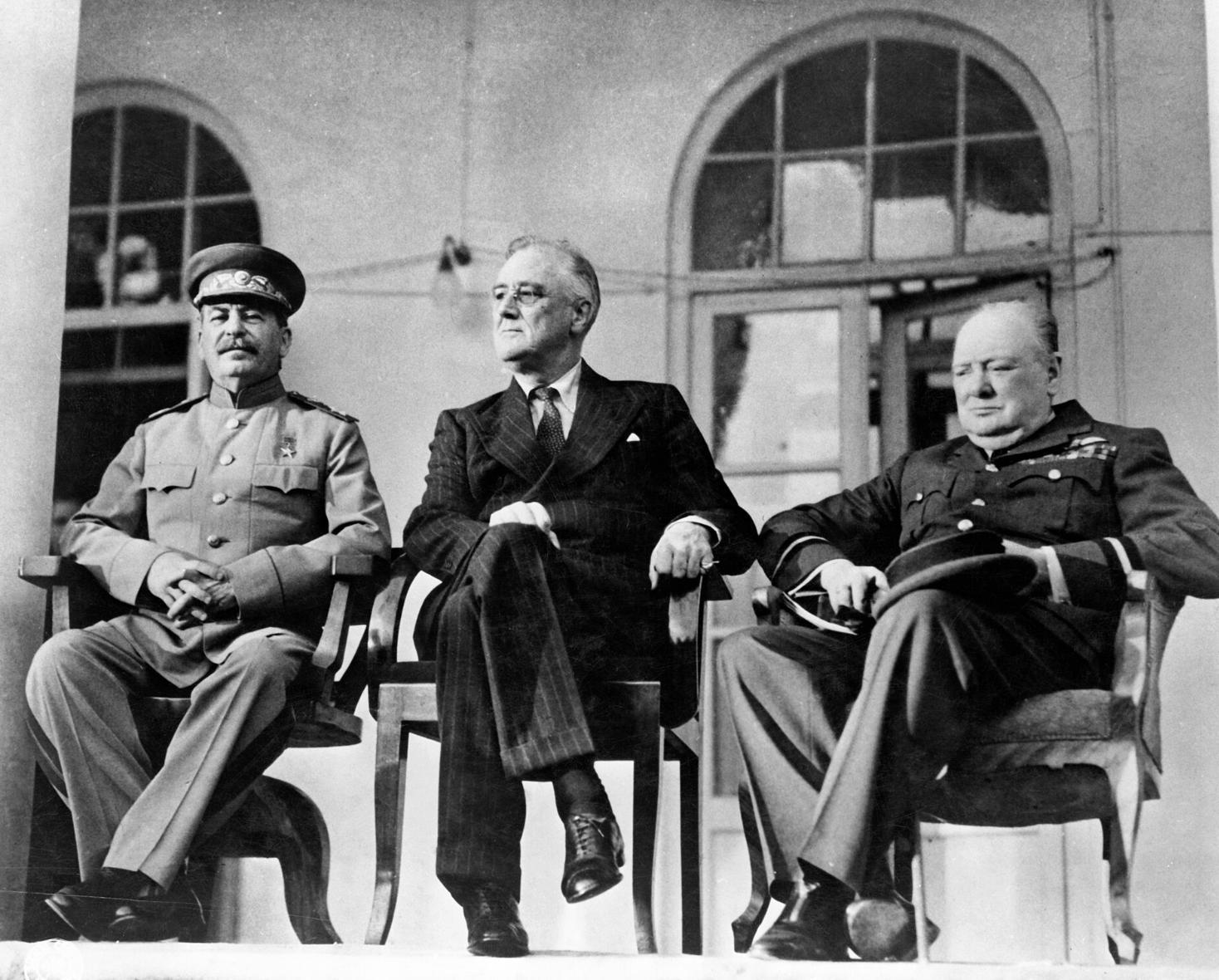






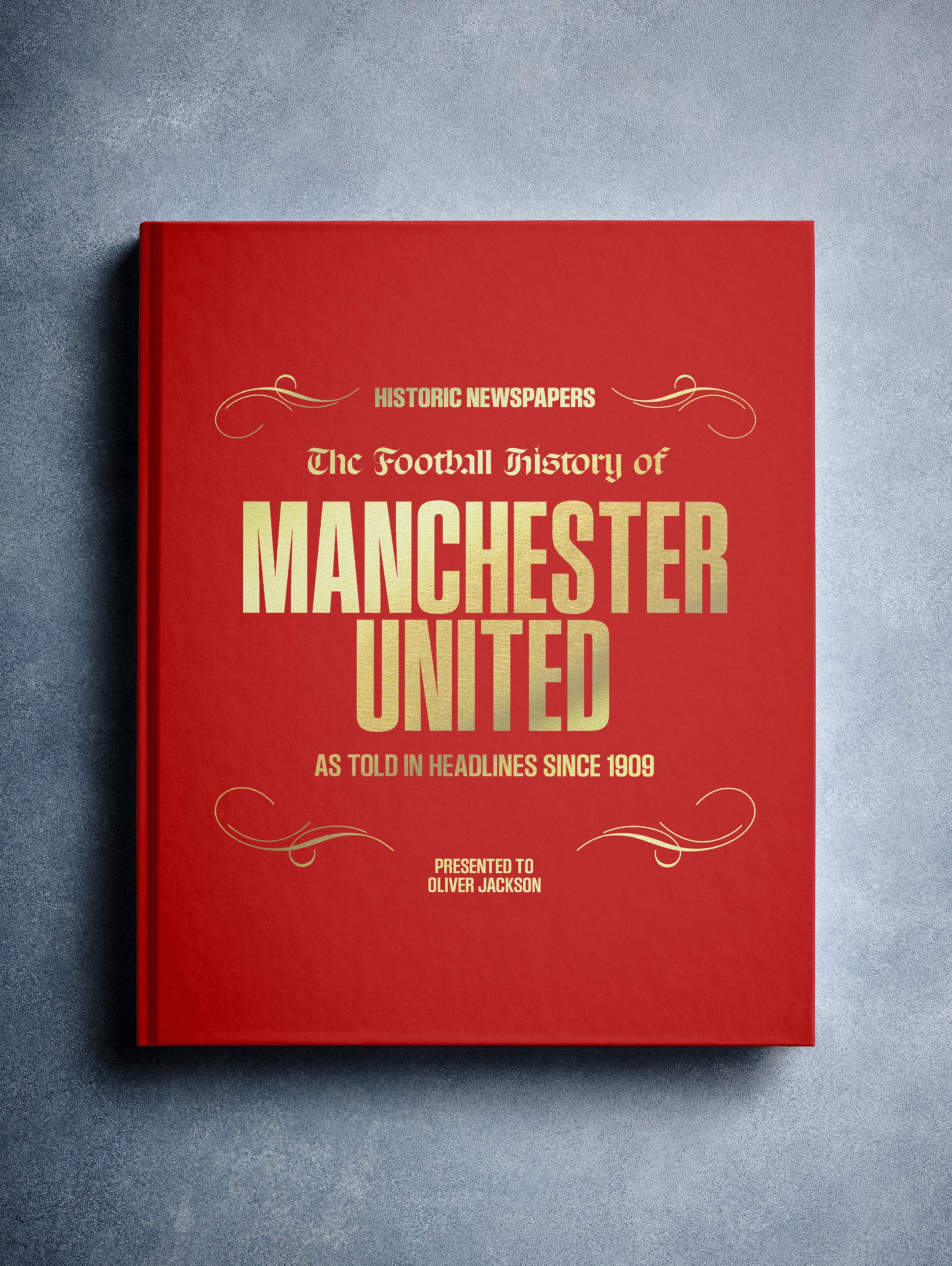





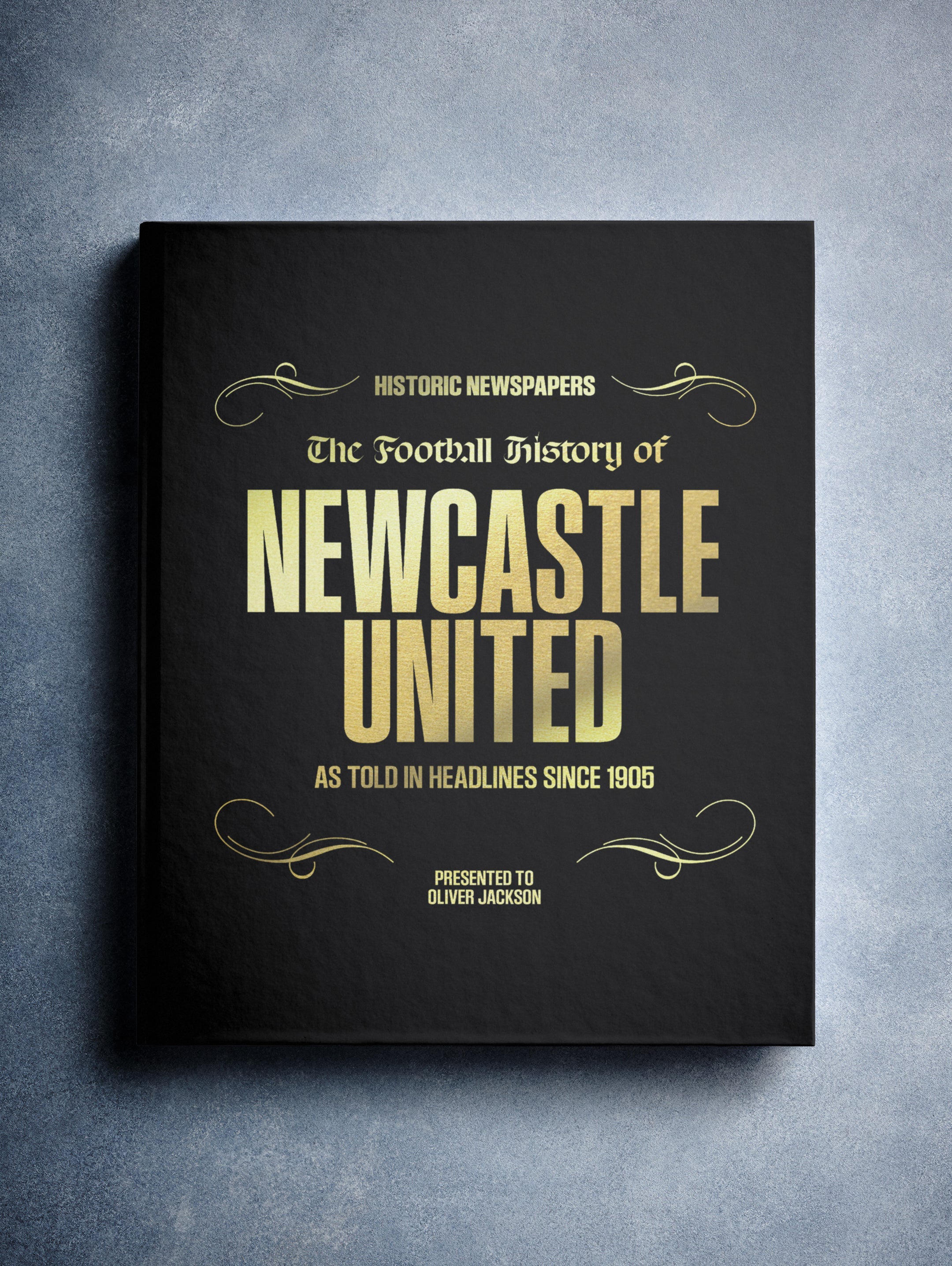
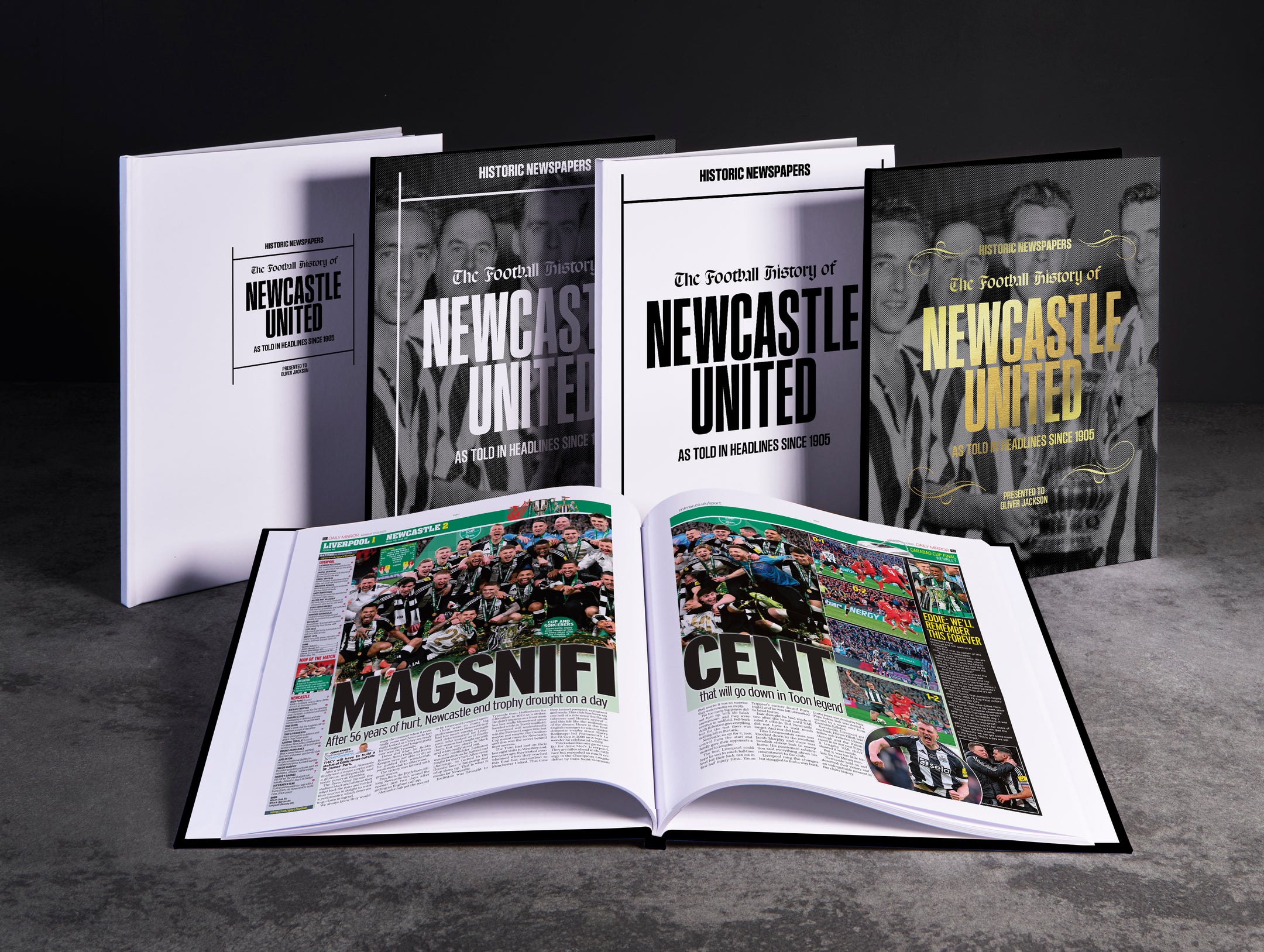
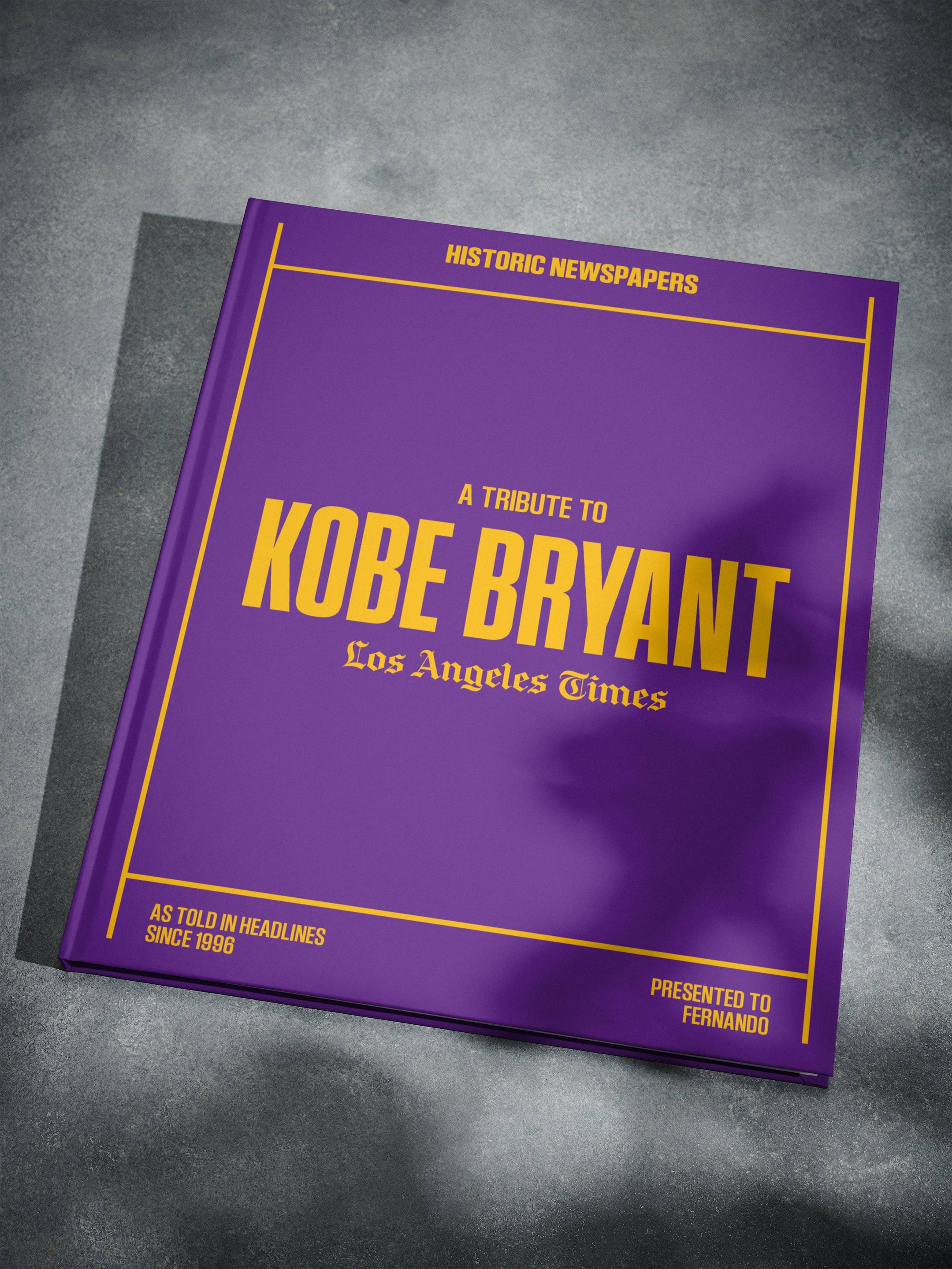





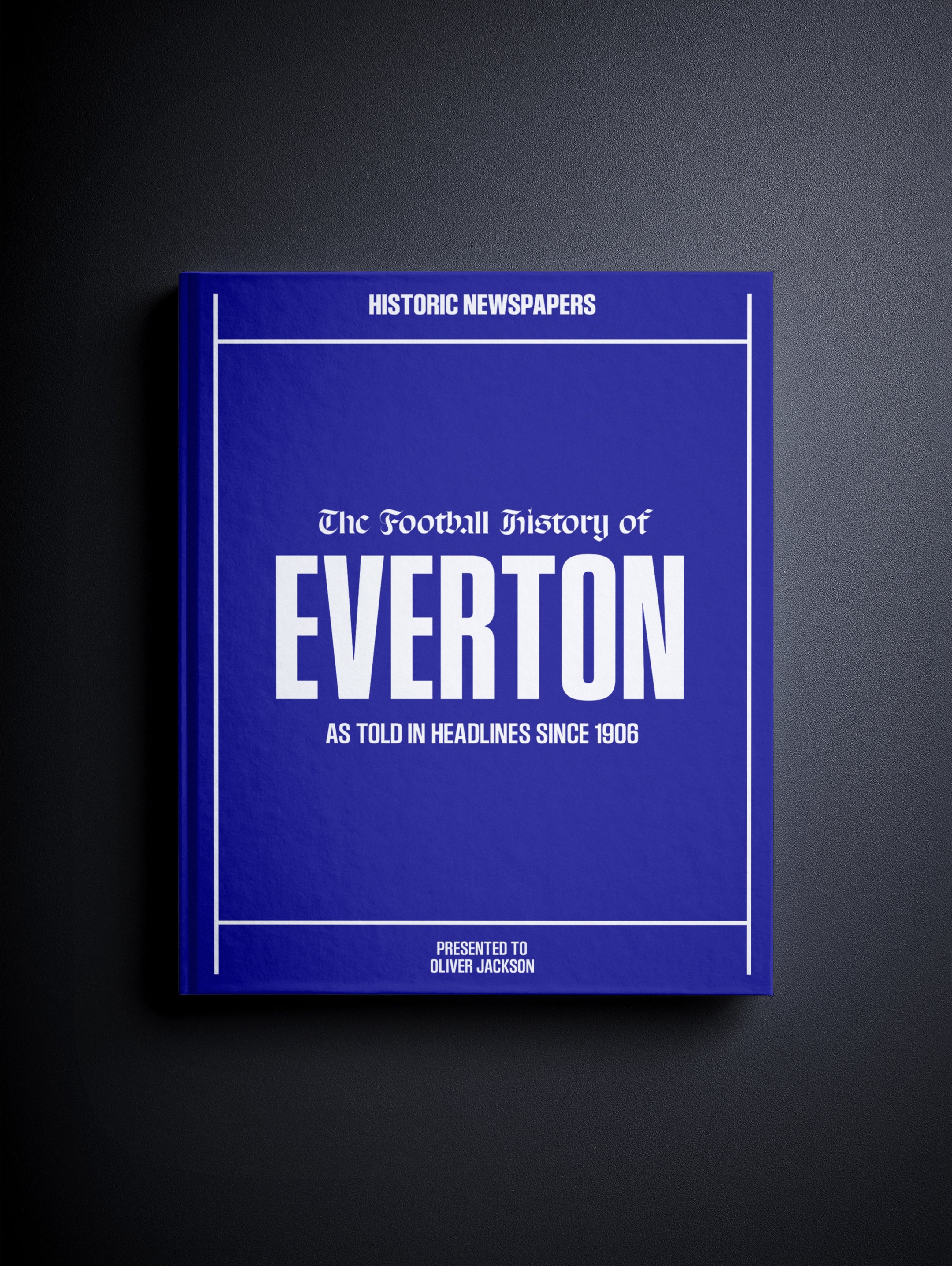

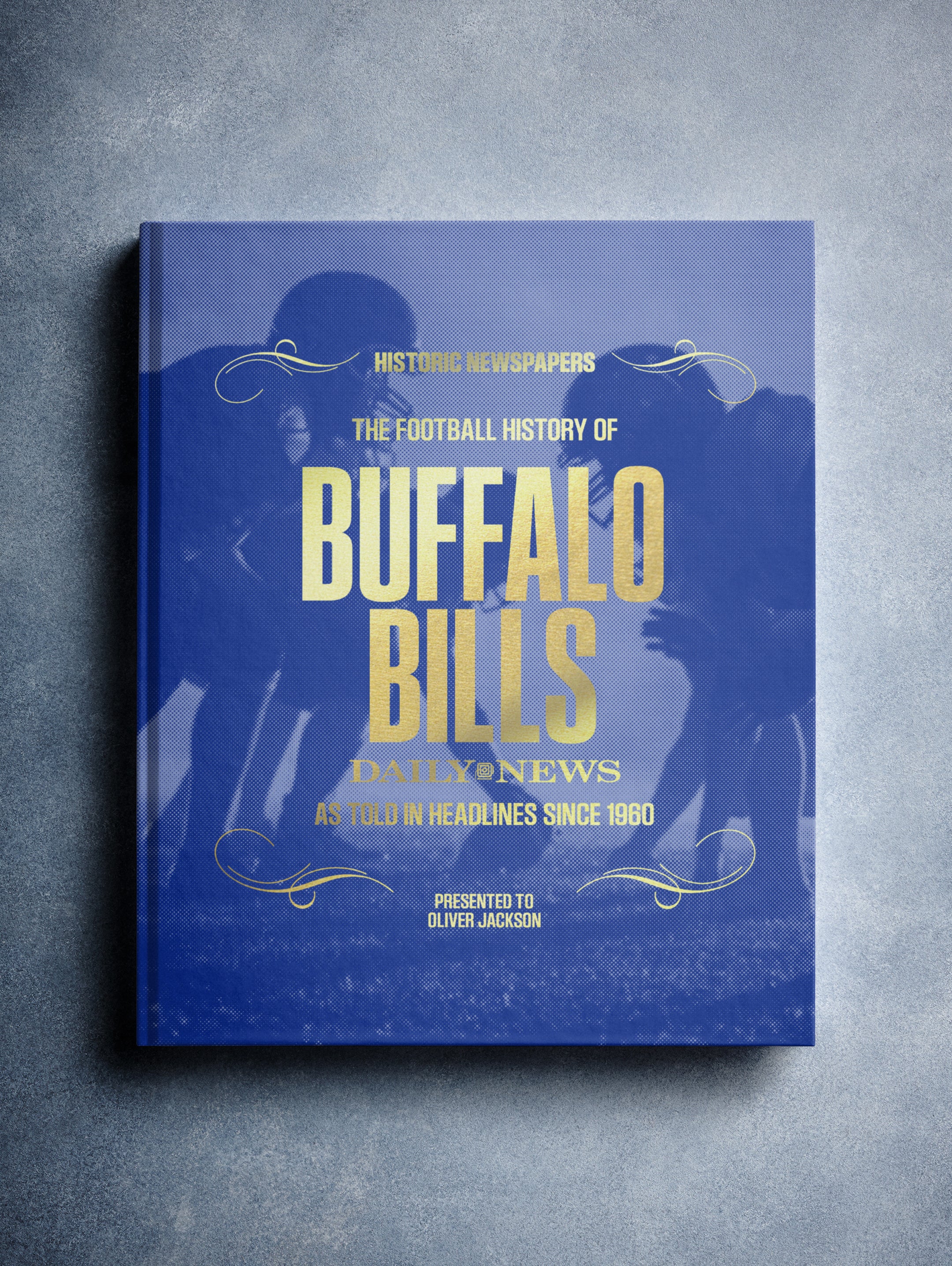


Follow us